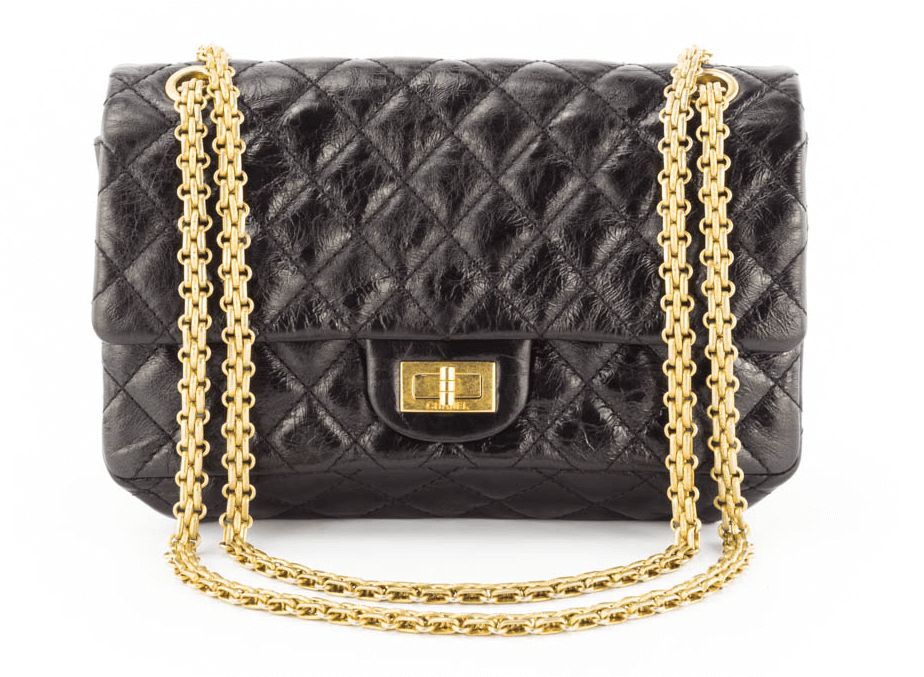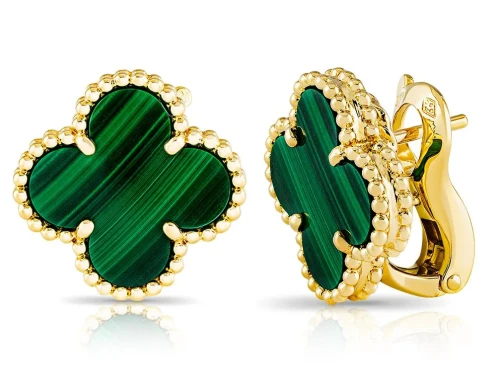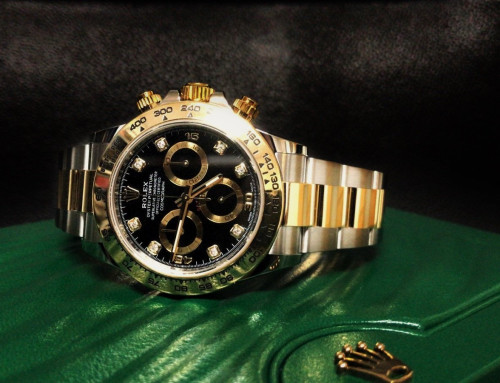
Everyone loves to indulge in a little luxury – and why shouldn’t we, from time to time? But when it comes to luxury goods, there’s nothing worse than finding out your holy grail is in reality nothing but a tin cup. You want to make sure you’re getting what you’re expecting. How do you do this? If you want to make sure the bag you’ve fallen in love with won’t break your heart and turn out to be a dud, there are three things you should look out for.
The first is leather, leather, leather! The quality of the leather will tell you almost everything you need to know. Trust your senses: the way it looks, feels and smells. Your fingertips should glide across it. Breathe it in: good leather smells expensive, and you should be smelling money. The second thing to look out for is stitching. It should be consistent throughout the whole bag: you’re looking for straight lines and perfect little stitches. Finally, pay attention to the hardware: what does the quality of the buckles or stamping look like? And don’t forget the zip: it should look, and work, effortlessly.
If you want to get more specific, here’s a real life comparison between a Chanel and a Cha-NO. If you put an authentic Chanel bag next to a replica version, the differences start to become quite apparent. In this instance we’re using Chanel’s 10-inch classic flap bag as our example. One thing to take note of is how the bag packaged: is it still in the original dust bag? Looking at the bag itself, again, leather is always a main focus: the authentic Chanel is made from lambskin, known for its buttery-smooth look and feel. Back to hardware: both the real bag and a fake will feature the iconic double C turnstile lock, which fastens the bag shut. The fake, however, generally has thinner and slightly shorter Cs, whereas on the real bag they are slightly wider and longer, with a characteristic flat edge finish (fake Chanel hardware tends to have a rounded finish). Bear in mind that, when you’re looking at the lock, the right C should always overlap the left C hook. Looking closely look at the lock itself, on the left should be engraved ‘Chanel’, and on the right should be ‘Paris’.
Another thing to note is a mark that appears on one of the Cs – this simply tells you where your bag was made, and is nothing to worry about. Do take note of it, though – a mark on authentic bag tells you that the bag was made in France, and if you take a look inside, your bag should have a ‘made in France’ stamp. On a real Chanel, the ‘made in France’ stamp will be positioned directly opposite the Chanel stamp on the inside of the flap. The two would never be found together as ‘Chanel, made in France’, except in one special case: the stamp on the caviar leather version.
Remember that the second thing you should always look at is the stitching of the bag – and that a high stitch count equates to a high-end bag. With a designer bag, you should be able to count over 10 stitches per 1 inch. Makers of cheap fakes will try and cut corners with fewer stiches.
What about the lining? Does it look smooth and tight to the bag, with no lumps and bumps visible or perceptible when you run your hand along it? Also, the Chanel stamp should always sit 1 and half centimetres below the quilted C on the inside of the flap – does it?
Finally, one of the most popular and recognisable features of the Chanel is the chain and leather straps. The fact that the chain is gilded in 24-carat gold doesn’t hurt either – gold is good! So make sure you don’t get cheated. An authentic chain will be a brighter yellow, and weigh more, than the chain on a replica bag.
Most importantly, if you really want to ensure you’re getting the real deal, be particular about where you source your goods – cheap is probably not credible.
If you’re looking for a one-of-a-kind gift for Christmas, you’ll love our stunning selection. And if you need a hand deciding on the perfect pressie, one of our team will be happy to help!


